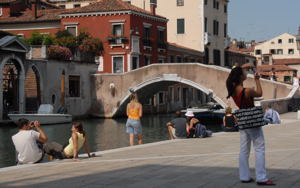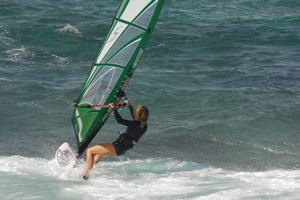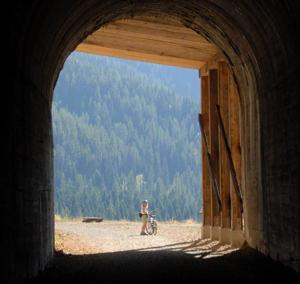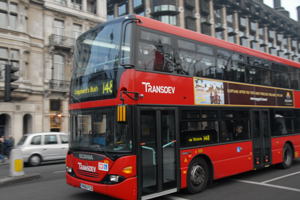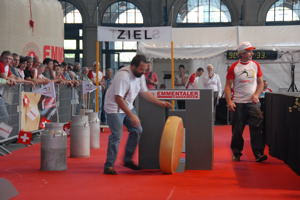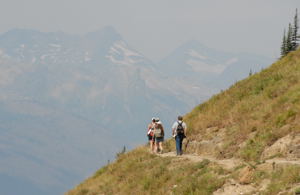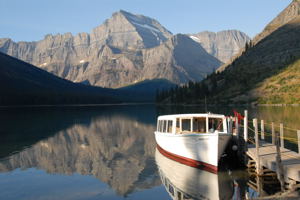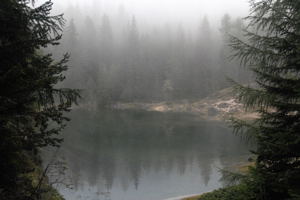|
|
Click Here to Add to Your Favorites | |||||
|
|
||||||
|
Travel Information and Arrangements |
Preparations: Luggage, Travel Clothing, Gear, Gifts,... |
Tips: Photography, Packing,... |
||||
Shop OnLine - SAVING Time + Gas = Money
HOME--> Photography Tips
|
|
Tips for Better Digital PhotographyAll digital photographs ©2006-2008 Ted Grellner
Photography is an art that follows many of the same rules as traditional 'paintbrush' art, your brush being your camera. Here are several tips for better photography.
Basic Photography Hints:Look at these photographs and take a few moments to think about what makes them pleasing to the eye:
Once you have given it some thought, move your mouse over the picture to see what makes it appealing.
Finally, by using a telephoto lens, you are brought much closer to the subject than you would have captured from afar. This allows you to appreciate the beauty of the water as well as the athleticism of the windsurfer.
This was at the end of a railroad tunnel, part of the rail-trail we were riding in Idaho (Hiawatha Bike Trail). Had I stepped outside of the tunnel to take the picture, it would have still shown perspective regarding the height of the trail to the hills we were in, but the story told would have been much different.
Travel photography is often about capturing distinctive, unusual subjects to remember your trip by. This double-decker has more appeal to a visitor than it does to a Brit, of course, but by itself could tell the whole story of where you went on vacation. If you look to the left, you will see that the background is blurred whereas the bus is not. Panning with your camera as you press the shutter will help to "freeze" the moving object in your photograph. Just make sure your panning speed matches that of your subject. Filling up the frame with the bus makes it more interesting than a picture of a bus from afar, but by leaving some background, though, the viewer appreciates the movement taking place in front of them.
This is another example of differing cultures. How often have you been to a cheese rolling race? This took place in a railway station in Zurich, Switzerland where we had a very nice lunch afterwards. Looking at this picture brings back the noise of the crowd cheering on the contestant, the sounds of the trains within the station and the smells of the restaurants.
If you have ever hiked, you know how difficult it can be to show the vastness of the areas around you. The haze does a lot to communicate this to your viewer by creating depth to the picture. Notice also the positioning of the hill in the picture: upper right 1/3 to lower left 1/3 with the hikers in the lower 1/3 of the picture.
Mirrored reflections add another center of interest, an area in a picture to which your eye is drawn. Again, you recognize the positioning of the boat by the Rule of 1/3's. Depth of field, how little or how much is in the field of focus, is very broad. Everything from the front of the boat to the mountains in the background is in focus. Since the light is fairly strong, any camera will probably give you this without adjustment of the f-stop (in adjustable cameras). In lower light levels, however, you would have to slow your shutter speed to allow you to use a higher f-stop number (smaller lens opening) for this amount of depth of field. Although this is a topic that requires much more discussion, f-stop (size of the lens aperture opening) and shutter speed (amount of time that the lens opens to let light in) are reciprocal factors to each other. Open the lens one f-stop balanced by an increase in shutter speed would render the same exposure but would narrow your depth of field producing a shorter zone in your picture that would be in focus. Opening your lens to full opening and focusing on an object closest to you would probably blur out your background, a technique commonly used with facial portraits.
At this point, you recognize the framing of the lake by the trees, the mirrored reflection of the trees in the water and the depth that the haze adds to the picture. The haze also tends to hide the background creating a sense of mystery to what is beyond. Low light levels required a slower shutter speed to render the greatest depth of field possible, therefore a tripod was necessary to hold the camera steady enough that there was no blurring by camera motion. Photography as an art form tends to take a back seat to "paint-brush" art presumably because of the difference in time, effort and skills involved to produce a painting. How can a photograph that is created in a fraction of a second be compared to a painting requiring days to months? First, let us not forget that a photograph is nothing until the image is transferred to paper, a process that can be an artform in itself. Creating the image, however, involves skills and training to not only make the adjustments within & with the camera that render the desired result, but also the judgement and artistry to recognize that precise moment when the scene before you is "ready" to be photographed. Lighting and weather conditions are constantly changing, sometimes very slowly, sometimes at the speed of lightning. While the brush of an artist can change the weather, a photographer must wait anywhere from seconds to months depending on the image he/she wishes to create. The image above required waiting for the fog to reappear after being present for only a fleeting moment. I felt it important enough to the mood I wanted to create to wait to see if the fog would reappear, when I and my camera would then be ready. Thankfully another fog cloud did move through again; while waiting I was setting up my camera and tripod, finding just the right place on the hill to shoot from, composing the image, making the decisions regarding the film "speed" (ISO), shutter speed and f-stop to expose with, the amount of lens zoom to use, deciding how dense a fog I wanted to wait for, etc. While the setup of the equipment takes time, the moment of exposure is when the artistry of photography and all the preparation comes together in a chosen moment to capture the image envisioned by the photographer. Photography BooksPhotography for Beginners: | |
HOME Research - Plan Trip Find a Travel Destination or Activities YOU are SPECIAL! Students Family LUXURY! Travel Information Travel Arrangements 1 | GETTING THERE 2 | WHERE TO STAY 3 | GROUND TRANSPORT, RENTAL CARS 5 | WHAT TO DO WHILE THERE ---Stuff --- To Bring, To Do GO! The Day of Travel GO! THE DAY OF TRAVEL - Broadband Version AFTER the Trip - Memories CONTACT TRAVELUPLAN Important Disclaimer Privacy Statement Photography Tips Site Map ©2008-2013 Think Gig, LLC |

